Mont Foster development plan
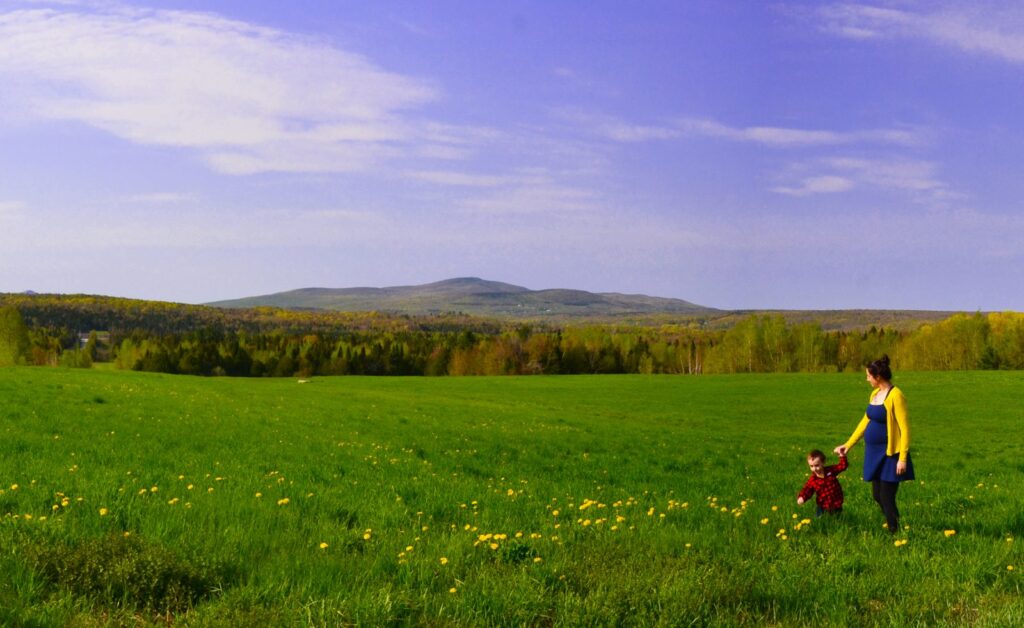
A modern, eco-responsible development plan
Highway 10 and Route 139 redevelopment
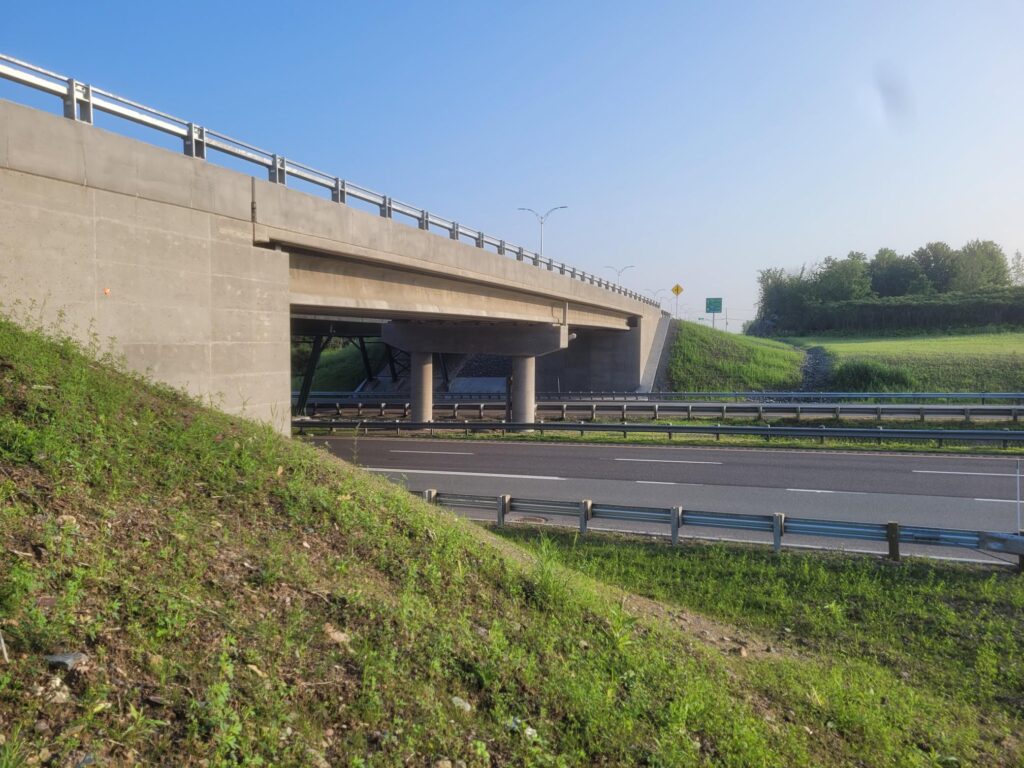
The mandate included supervision of the works, as well as lighting, traffic lights and supersignage.
Deconstruction of the Champlain Bridge
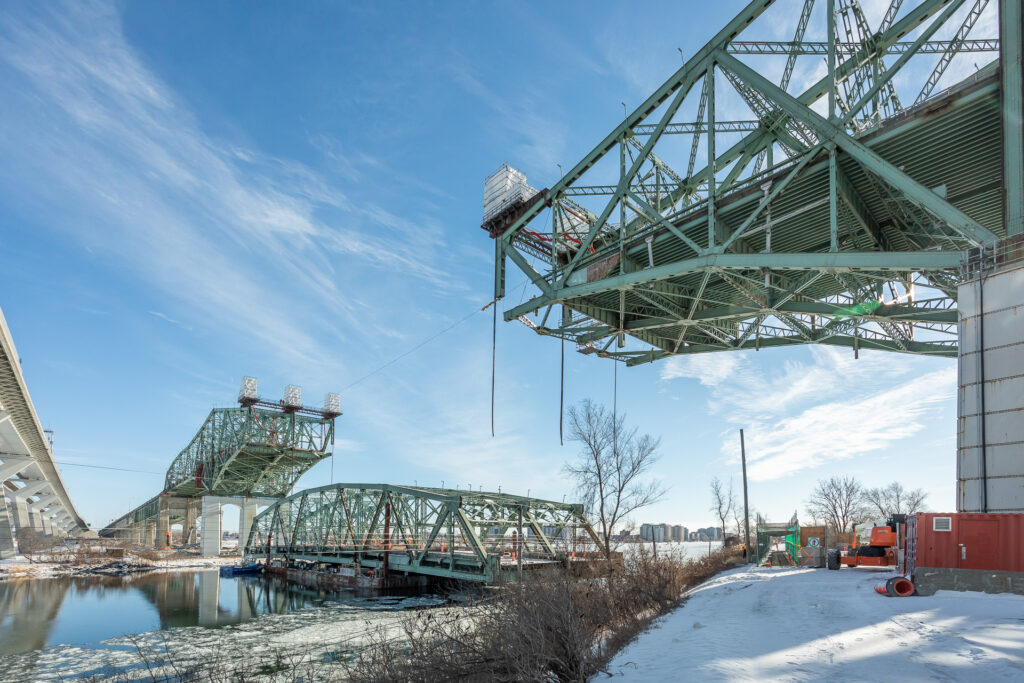
In addition to managing environmental issues, there were major safety and traffic risks.
Between traffic growth and environmental imperatives, what transformations for airports?
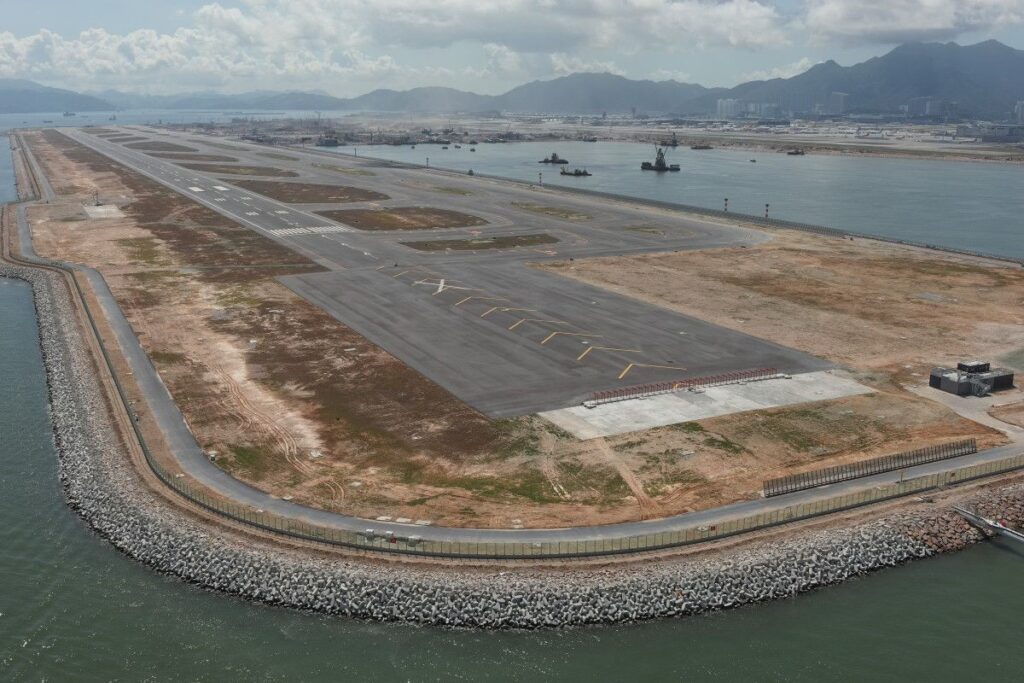
Connecting continents and ensuring rapid domestic connections: these are the main advantages of air transport. In the current context of climate and environmental change, however, this mode of transport is being criticized for its greenhouse gas (GHG) emissions, its elitist nature and the recreational dimension of some of its flights: pressures that are prompting it to undergo major transformations. As an essential land-based infrastructure, airports are at the heart of this transformation, which some of them have been engaged in for several years. Claire Mazelet and Didier Wellenreiter, two of Artelia’s airport experts, provide an overview of current issues and achievements.
New impetus for rail in France
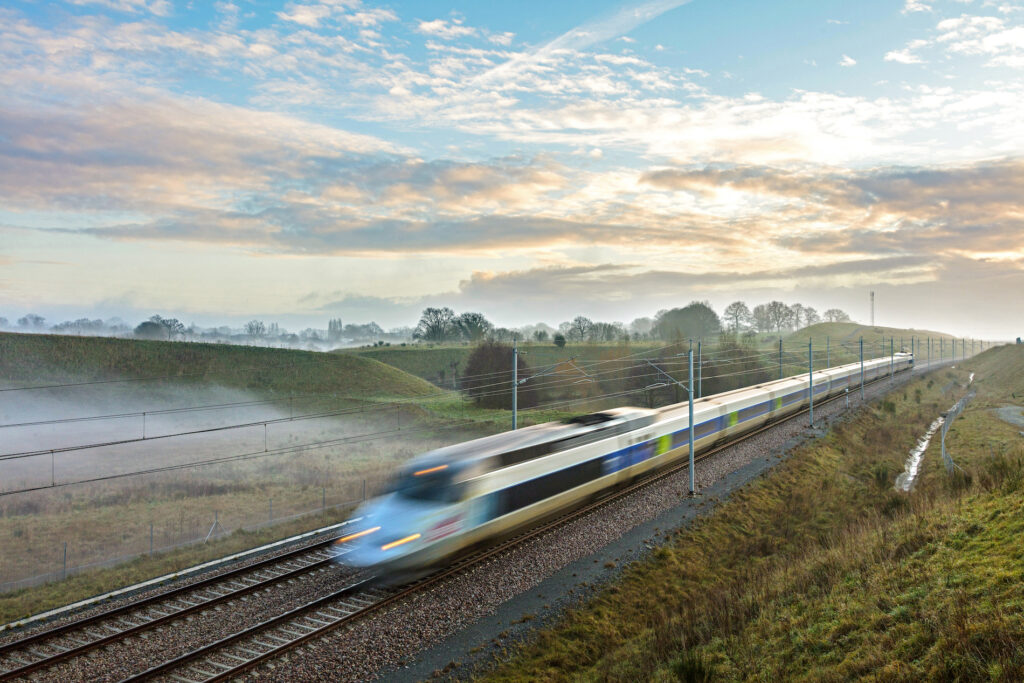
In 2023 the French government announced a plan to invest €100bn over 16 years to expand and upgrade the country’s rail infrastructure, with key objectives of improving daily travel and reducing carbon emissions. A driver of both economic development and the green transition, rail is clearly the preferred mode of transport to ensure the free movement of people and goods – one of the founding principles of the European Union – while meeting highly ambitious targets to reduce the carbon impact of transport. Massimo Angelini and Ivan Rascle, who are in charge of developing rail activity within Artelia, explain this rail investment plan and the Group’s strategy to meet the increasing needs of the French rail industry.
Espern Bru Bridge
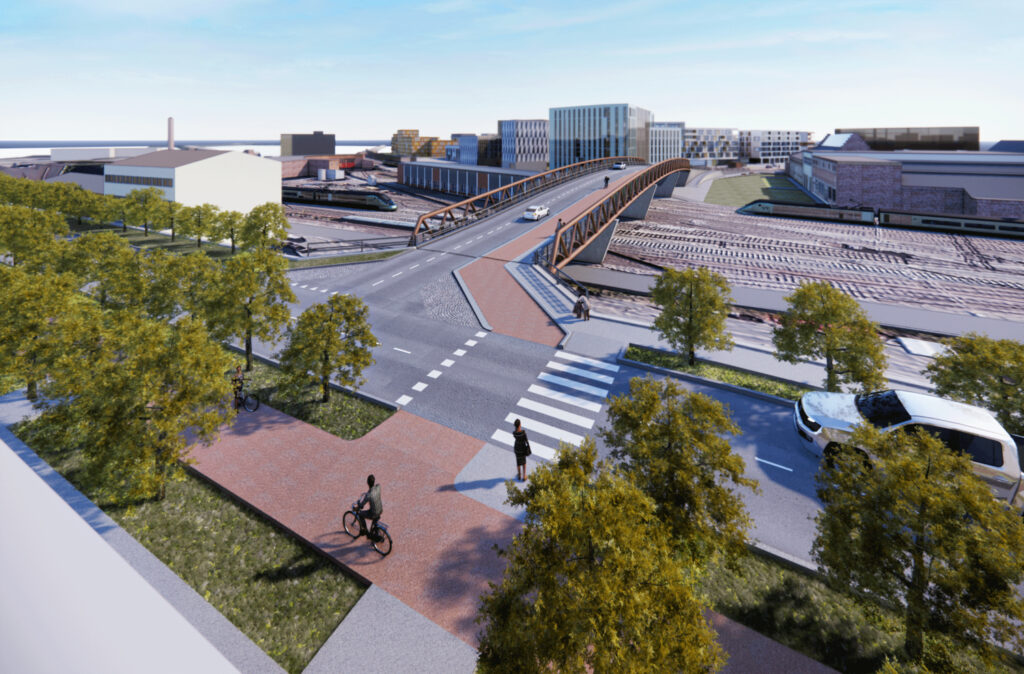
Creating an essential link between a new district and its town centre
Lyon-Turin Euralpin Tunnel
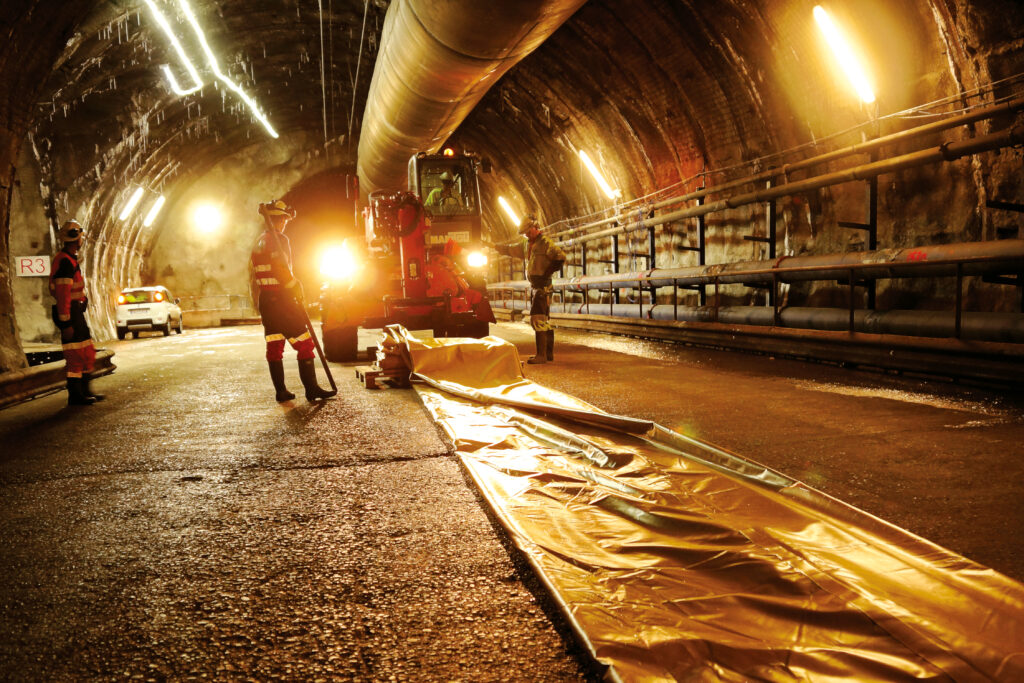
The longest railway tunnel in the world
Inspection of Escota structures
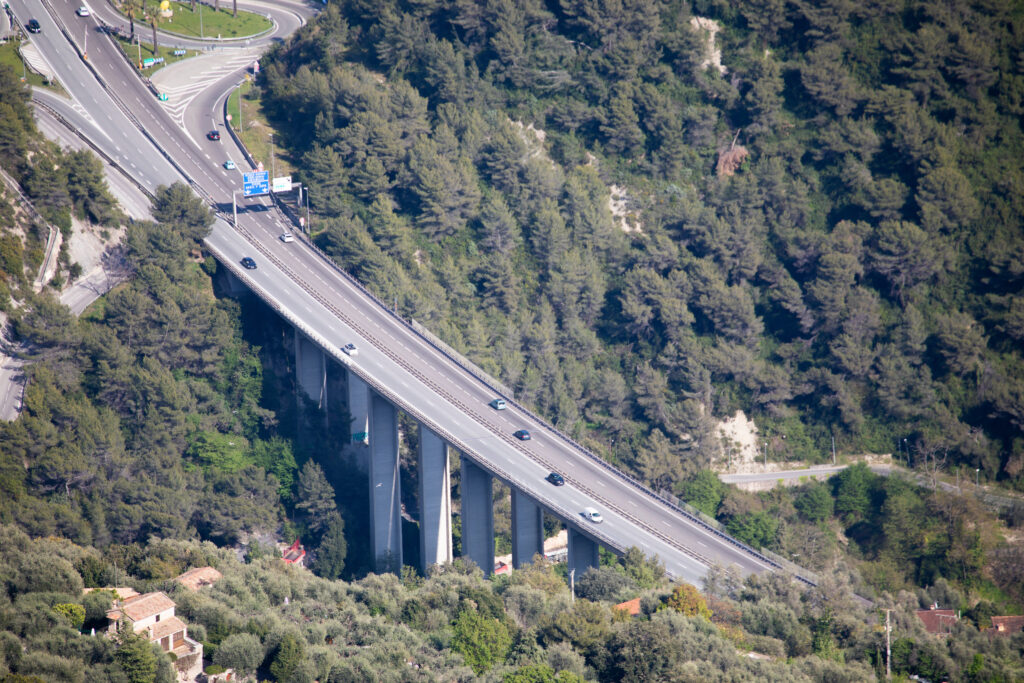
Monitoring all major engineering structures on the motorway network
Congo River
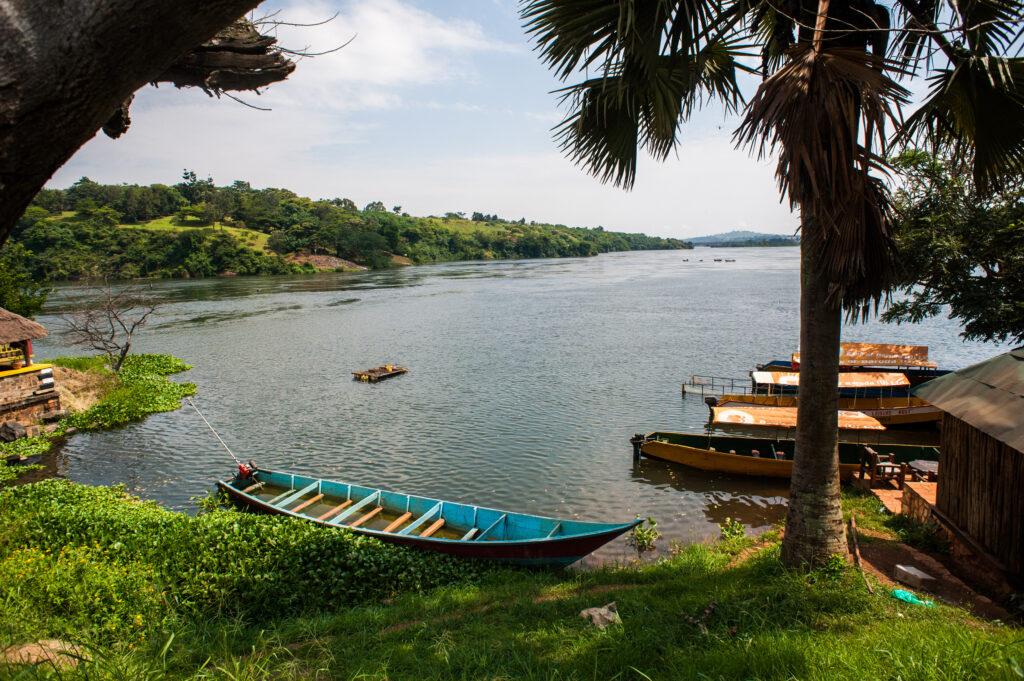
Facilitating navigation on one of Africa’s largest rivers
Ports of Madagascar
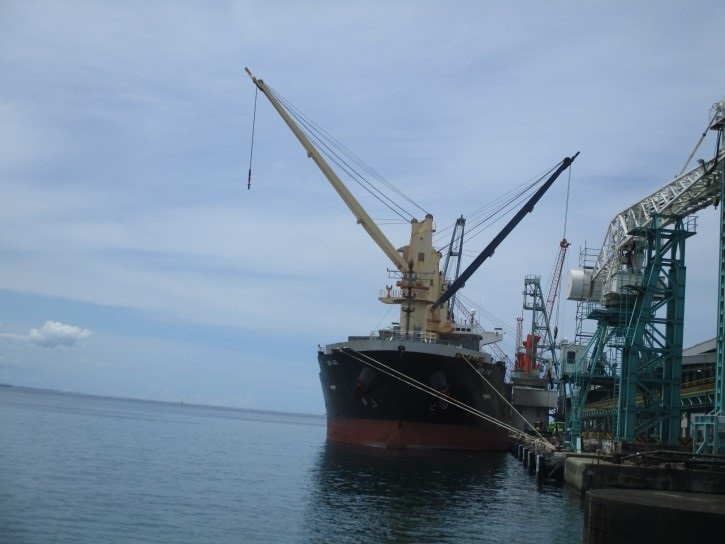
A master plan to structure actions

